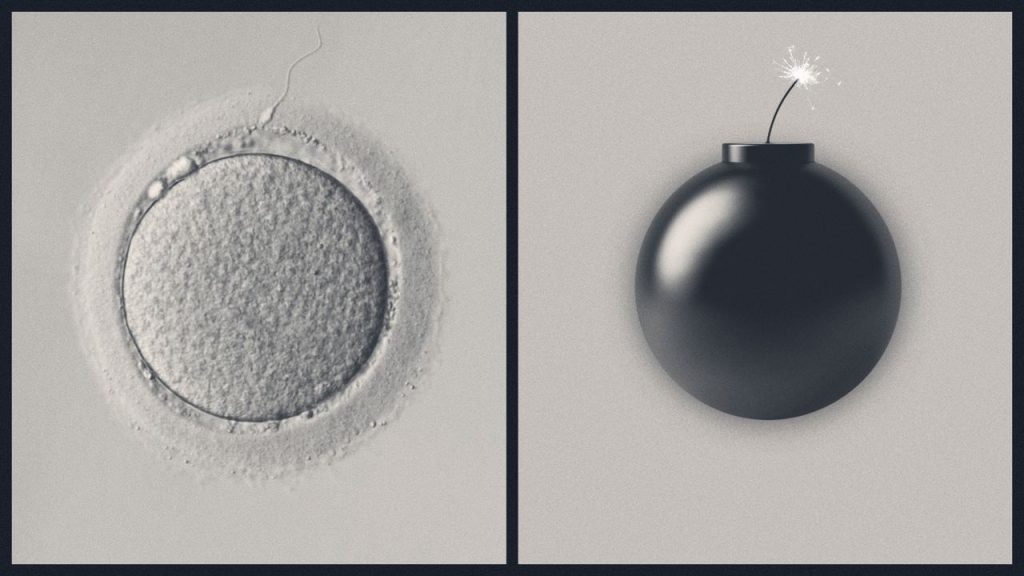Governments around the world are trying new policies to boost birth rates: China this week said it will offer new parents a subsidy of $500 per child. But what happens to humanity if the fertility crisis cannot be reversed?
Global fertility is now at the lowest rate “in recorded history,” creating a potential “depopulation bomb,” said Greg Ip at The Wall Street Journal. That worries authors Dean Spears and Michael Geruso, whose new book, “After the Spike: Population, Progress, and the Case for People,” is an “impassioned case” against ignoring that trend. “Humanity could hasten its own extinction” if birth rates stay below replacement level, the duo said.
‘Dramatically overstated’
People are “freaking out” about falling birth rates, said NPR. A “shrinking and aging population” will likely cause “even greater political instability,” said The New Yorker’s Gideon Lewis-Kraus. That is because fewer people mean a smaller economy, which in turn means “there’s less to go around.” Other experts caution against panic. America’s birth rates are falling, but “we still have a natural increase” in the population, said the University of Colorado’s Leslie Root to CBS News. That means there are still “more births than deaths.”
Population collapse is “not imminent, inevitable or necessarily catastrophic,” said Root and two other scholars at The Conversation. In fact, the United Nations projects that the world will grow to 10 billion people by 2100, while the U.S. population is expected to grow by 22.6 million by 2050. It is “unrealistic” to believe that birth rates will “follow predictable patterns.” In America, there were about two births per woman in the 1930s, a rate that rose to 3.7 births by 1960, dipped below two during the 1970s and ’80s before rising in the ’90s, only to drop again after the Great Recession. While there will be “changes in population structure” because of changing birth rates, those shifts have been “dramatically overstated.”
“Global fertility trends are much worse” than U.N. demographers think, said Marc Novicoff at The Atlantic. And while it is true that birth rates have rebounded after past lows, “this time really does look different.” That should be “alarming.” Japan’s economy was 18% of world GDP in 1994, but its population got older — the median age is now 50 — and its economy is now “just 4 percent of the global economy.” If birth rates do not pick up, the rest of the world will also experience a “smaller, sadder, poorer future.”
A more peaceful world?
A possible upside: The coming wave of depopulation could lead to a “Pax Geriatrica” in which “aging significantly reduces the likelihood of war,” said Mark. L. Haas at Foreign Affairs. Governments will be “forced to attend to their aging populations,” which will create societies “less capable and tolerant of waging war.”
Falling birth rates will test a lot of assumptions, said Bloomberg. A lot of theories “about the way that the world works” were formed when “we just assumed the population would continue growing,” said demographer Jennifer Sciubba. But rethinking old approaches may be difficult, said Bloomberg. “A shrinking world would mean fewer innovators.”
Falling birth rates could create a ‘smaller, sadder, poorer future’
